It’s now less than an hour before UK CPI release. The piece of data is even more important after yesterday’s wage growth miss. To recap, headline CPI is expected to be unchanged at 2.7% yoy in March. Core CPI is expected to rise to 2.5% yoy, up from 2.4% yoy.
So far, expectations on May BoE hike are firm. According to the latest Reuters poll, all but 7 of the 76 economists surveyed expected a 25bps hike in the Bank rate to 0.75% in May. Barring any disastrous result today, BoE should still be on course for a May hike. The question is indeed on whether BoE would hike again in November.
Technically, GBP’s rally stalled this week, particular clear against EUR and JPY.
61.8% projection of 0.9305 to 0.8745 from 0.8967 at 0.8621 is so far a difficult level to break.
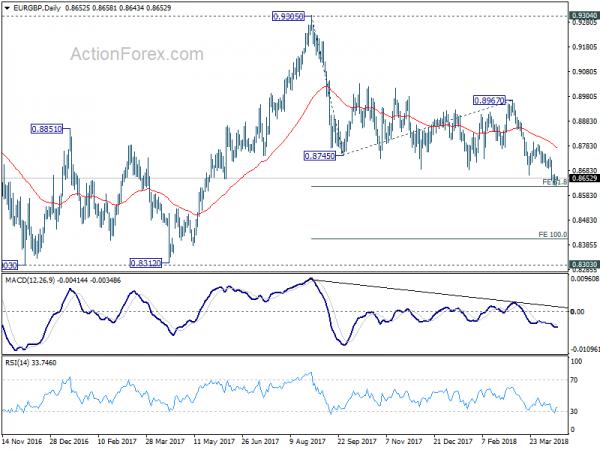 But from the EURGBP action bias table and D action bias chart, downside momentum remains firm. It should be just a matter of time that this 0.8621 level is taken out.
But from the EURGBP action bias table and D action bias chart, downside momentum remains firm. It should be just a matter of time that this 0.8621 level is taken out.
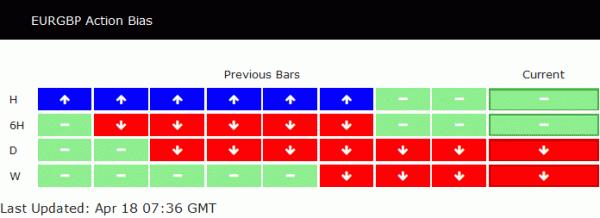
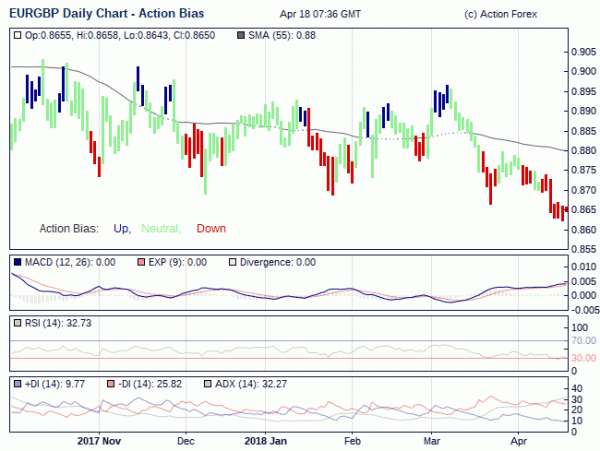 GBP/JPY also stalled after hitting 153.84.
GBP/JPY also stalled after hitting 153.84.
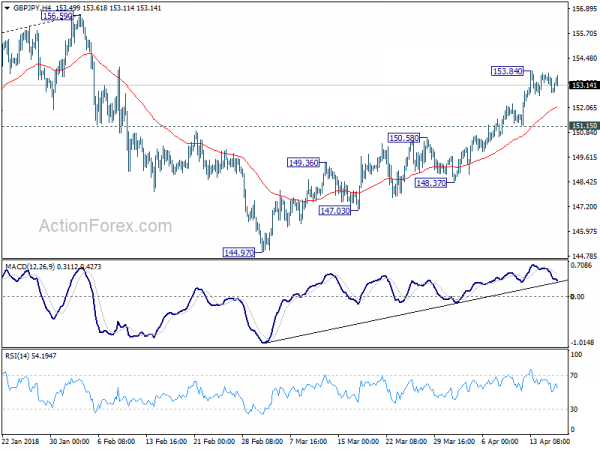
But near term strengthen is quite apparent as seen in GBPJPY action bias table and D action bias chart.
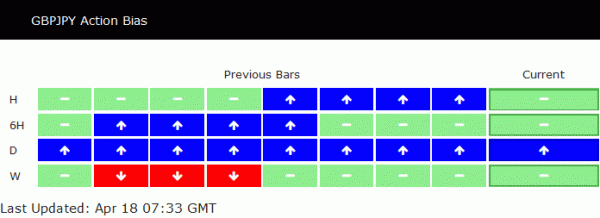
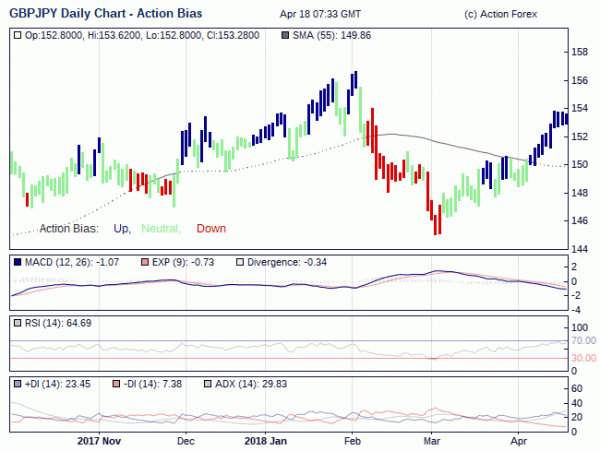
Hence, while a CPI miss today might trigger setback in GBP, that should be temporary. On the other hand, GBP could skyrocket if we get something that beat market expectations.




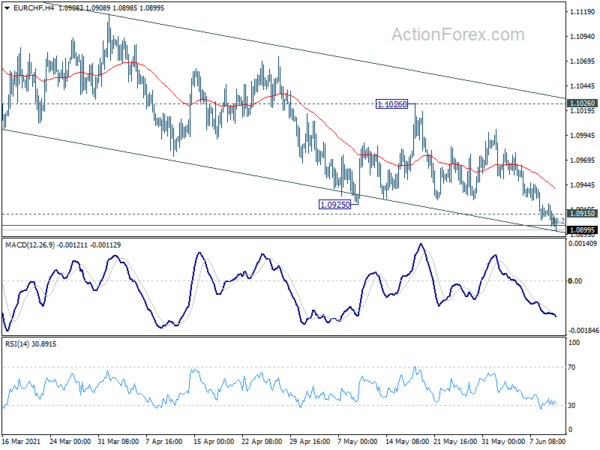
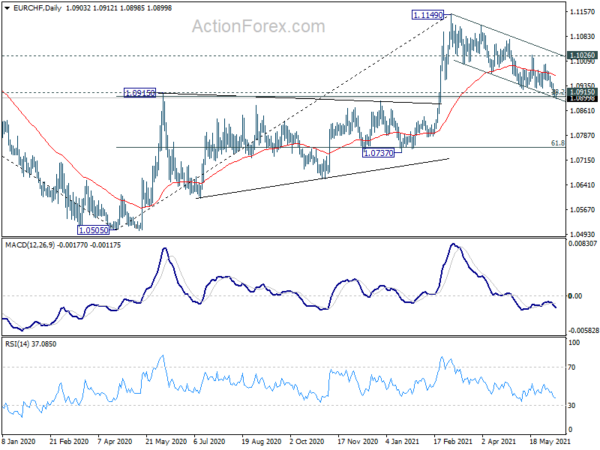
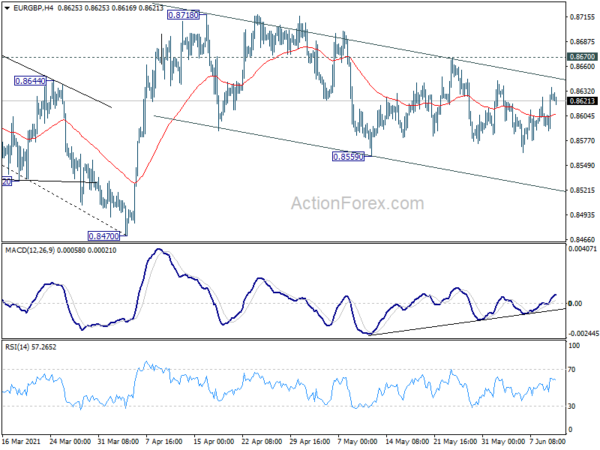
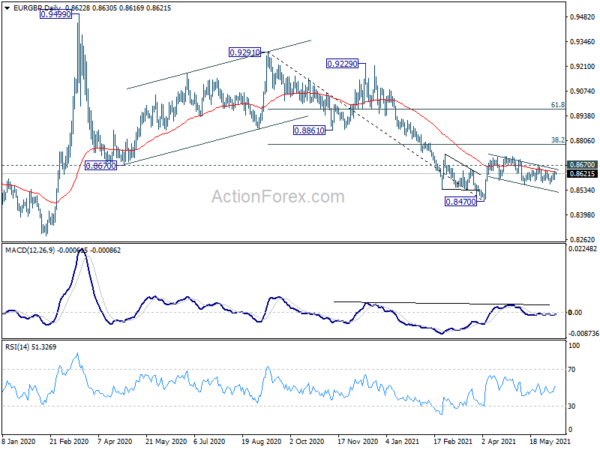
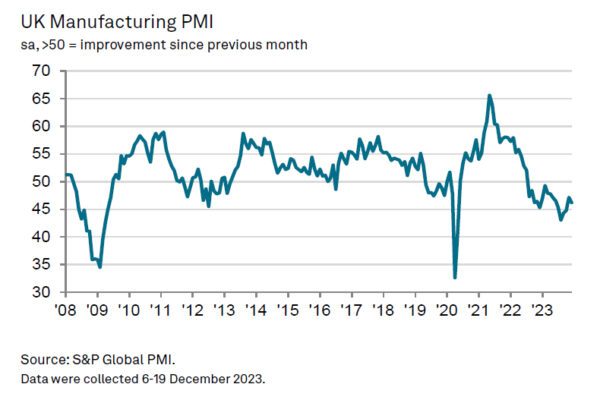

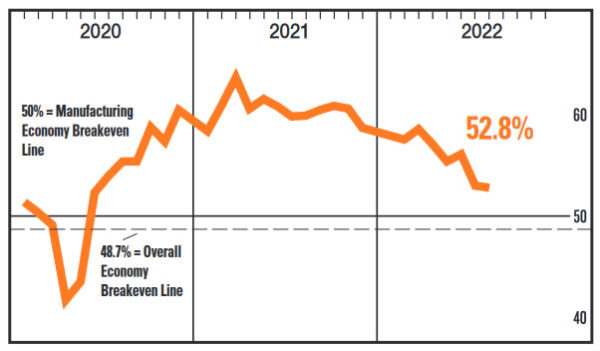
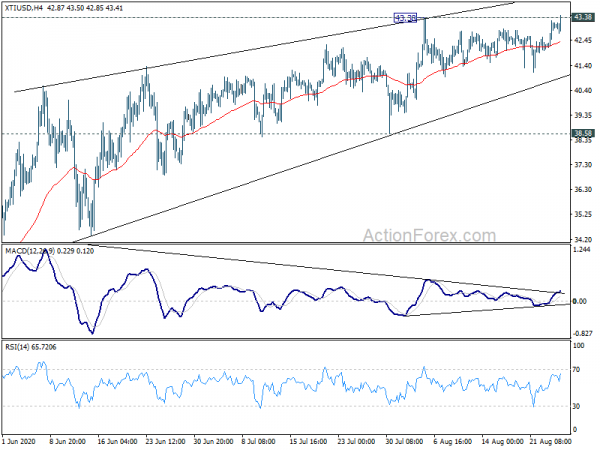
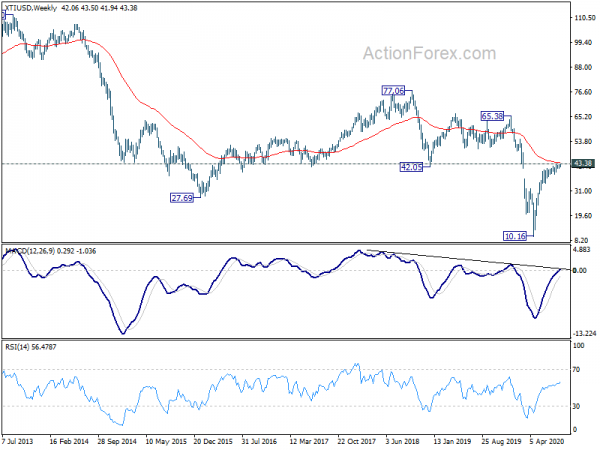
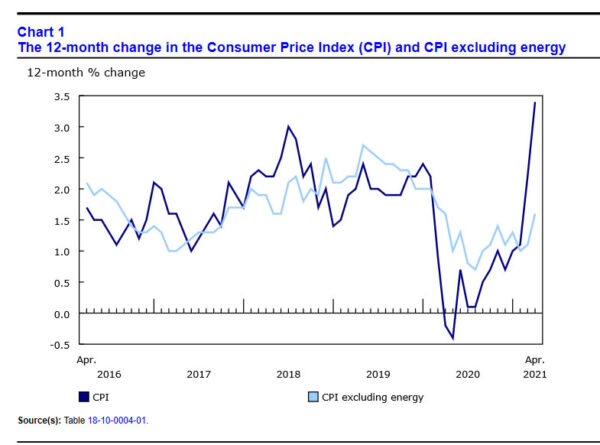
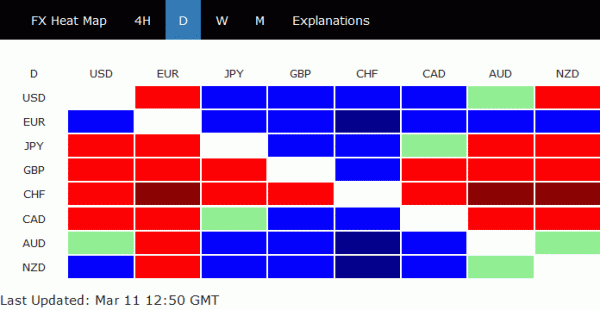
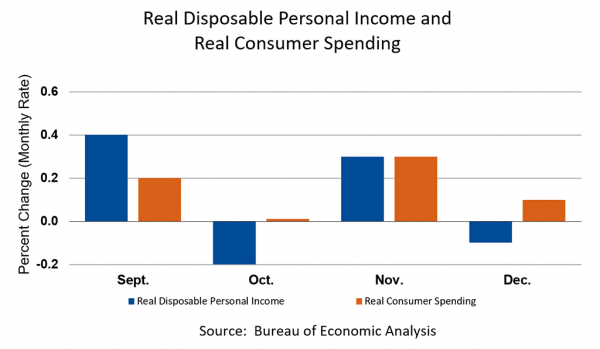
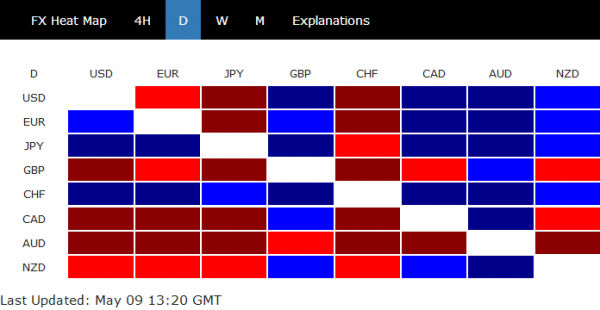
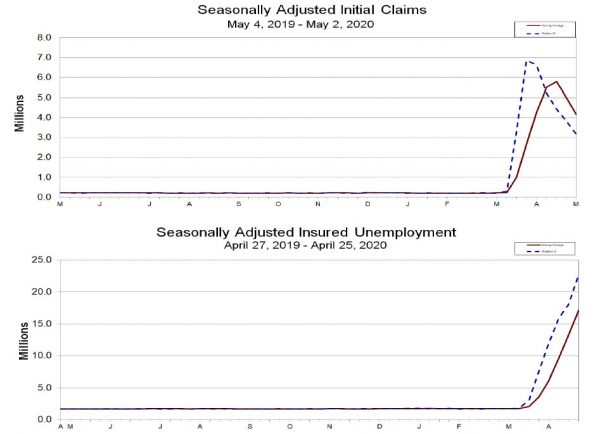
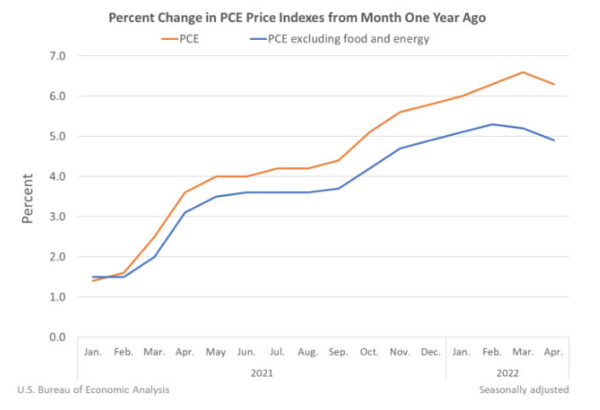







US non-farm payrolls as the key focus today
US non-farm payrolls report will be the main feature today. Markets expect 194k job growth in April. Unemployment rate is expected to drop from 4.1% to 4.0%. Average hourly earnings are expected to rise 0.2% mom. Pre-NFP job data saw ADP job grew solid 204k. Employment component of ISM manufacturing and services dropped to 53.6 and 54.2 respectively, both showing slowdown but still well in expansion territory. Weekly jobless claims have been exceptionally low in the prior weeks.
There isn’t much concern on the headline number as the most other data pointed to healthy employment market. Instead, there could be a pleasant surprise of upward revision in March’s dismal figure of 103K. Wage growth will likely continue to be the market mover.
Below are the charts on March data (released on April 6).